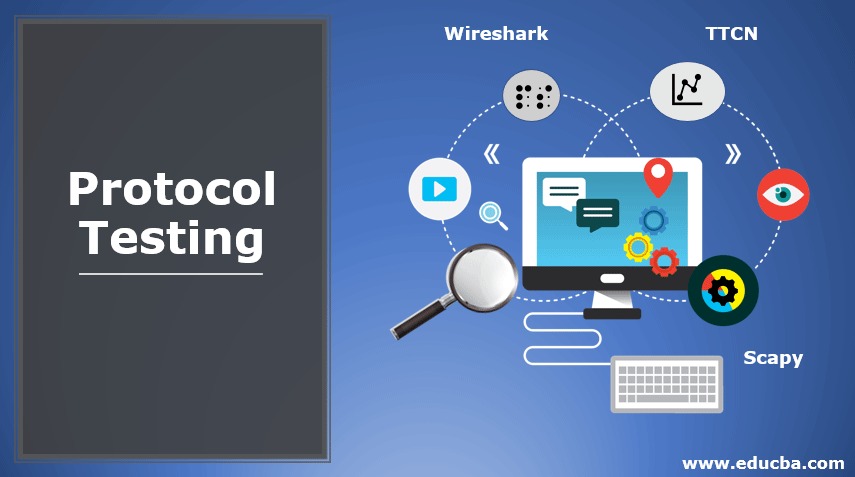In the ever-evolving world of networking, protocols form the backbone of communication. These sets of rules and standards ensure seamless data transmission between devices and networks. As technology advances, networks become more complex, necessitating advanced techniques in protocol testing.
Protocol testing is a critical process that validates the behavior, performance, and interoperability of protocols in various scenarios. It helps identify and resolve issues before they impact the network’s functionality and performance. In this blog post, we will explore advanced techniques in protocol testing for modern networks, empowering network engineers and testers to ensure robust and reliable network communication.
1. Emulating Real-World Network Conditions
Real-world network conditions are dynamic and diverse. To thoroughly test protocols, it is essential to replicate these conditions in a controlled environment. Advanced protocol testing tools allow engineers to simulate various network parameters, such as latency, packet loss, bandwidth, and congestion. By emulating different scenarios, engineers can evaluate the protocol’s behavior and performance under different network conditions, ensuring optimal performance in real-world deployments.
2. Protocol Conformance Testing
Conformance testing ensures that a protocol implementation adheres to the defined standards and specifications. Advanced techniques in protocol conformance testing involve creating extensive test suites that cover all aspects of the protocol’s functionality. These test suites encompass various test cases, including positive and negative scenarios, to validate the protocol’s compliance. By conducting rigorous conformance testing, potential interoperability issues and non-compliant behaviors can be identified and addressed proactively.
3. Performance Testing
Performance testing focuses on evaluating the protocol’s behavior and responsiveness under varying loads and stress conditions. Advanced techniques involve designing comprehensive test scenarios to measure key performance metrics such as throughput, latency, and scalability. By subjecting the protocol to high loads and stress, engineers can identify bottlenecks, resource limitations, and potential performance degradation issues. This enables them to optimize the protocol’s performance and ensure reliable operation in real-world network environments.
4. Security Testing
In today’s interconnected world, security is of paramount importance. Advanced protocol testing techniques also encompass security testing to identify vulnerabilities and potential attack vectors. This involves subjecting the protocol to various security threats, such as spoofing, replay attacks, and denial-of-service (DoS) attacks. By robustly testing the protocol’s security measures, engineers can uncover vulnerabilities and implement necessary security enhancements to safeguard the network from potential threats.
5. Interoperability Testing
Interoperability is critical in modern networks, where multiple devices and systems need to seamlessly communicate with each other. Advanced techniques in interoperability testing involve validating the protocol’s compatibility and seamless integration with other protocols and systems. This testing ensures that the protocol can effectively communicate and interoperate with different devices, platforms, and network elements. By conducting thorough interoperability testing, engineers can identify and address any compatibility issues, facilitating smooth communication across the network infrastructure.
Conclusion
As networks become increasingly complex, advanced techniques in protocol testing are vital to ensure optimal performance, reliability, and security. Emulating real-world network conditions, conducting comprehensive conformance testing, evaluating performance and scalability, identifying security vulnerabilities, and validating interoperability are all crucial aspects of protocol testing.
By adopting these advanced techniques, network engineers and testers can uncover and address potential issues in protocols before they impact the network’s functionality and performance. This, in turn, ensures the seamless operation of modern networks and enhances the overall user experience.
As technology continues to evolve, it is imperative for network professionals to stay updated with the latest advancements in protocol testing techniques. By embracing these advanced techniques, they can contribute to the development of robust and efficient networks that meet the demands of today’s digital world.

